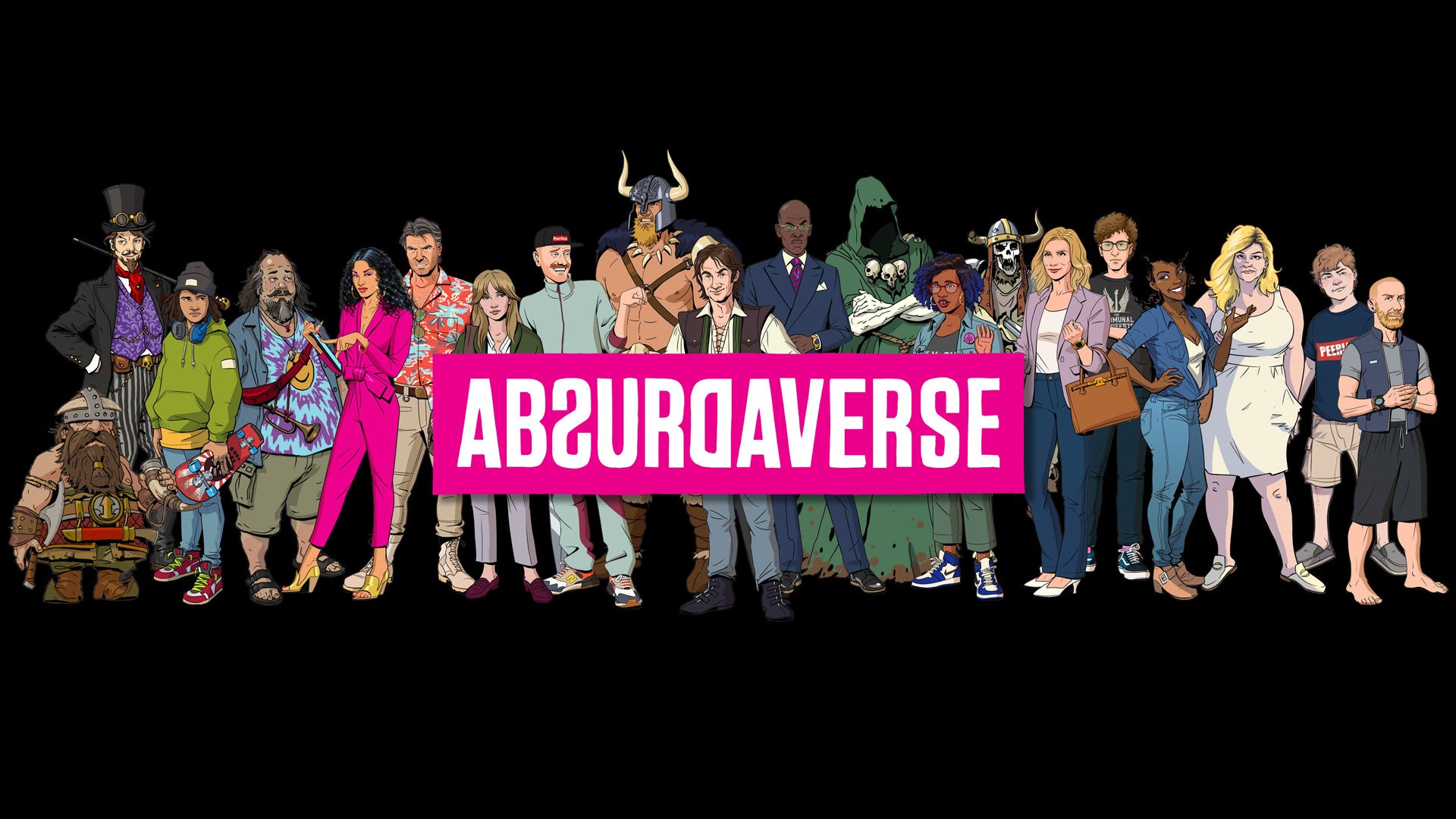Can Better GPUs Create A More Cinematic Gaming Experience?
As Nvidia’s new 50 series of graphics cards roll out, the next level of graphics prowess has reached… The post Can Better GPUs Create A More Cinematic Gaming Experience? appeared first on LRMonline.


As Nvidia’s new 50 series of graphics cards roll out, the next level of graphics prowess has reached consumers, or at least those with the money to spare. Led by the flagship RTX 5090 with the Founders Edition at $2000, performance is expected to see massive leaps in popular and demanding titles like Cyberpunk 2077 and Resident Evil 4.
Such profound power makes every diehard gamer salivate, but it also raises some important questions for both hardcore and casual audiences. Will the extra power manifest in an experience we could consider more cinematic, and is this the right direction in the first place? As many AAA games creep ever closer to being movie-like experiences, this is important to consider, for players and game developers.
Cinematic and ‘Cinematic’
The technical definition of cinematic is just like it sounds, relating to something that seems like the movies. We tend to use this term more broadly, however, more as a synonym for the level of engagement that we can enjoy with passive experiences. In this way, cinematic speaks more to high production quality, and the techniques most utilized in big-budget Hollywood releases.
In gaming, the term cinematic has very different and much more mixed connotations. This gained notoriety back in 2014, as designers justified Assassin’s Creed Unity playing at 30 FPS. It was stated “You don’t gain that much from 60 FPS”, and that running at 30 FPS “feels more cinematic”. There were two major problems with this, as gamers were quick to point out.
Firstly, film runs at 24 FPS, not 30, so if a cinematic appearance was really important they already missed the mark. Secondly, 30 FPS in real-time action feels objectively worse than 60 FPS, and this is basic gaming knowledge. 30 is choppier, it adds an extra delay between button presses and actions, and disconnects players from the worlds they’re supposed to inhabit. In other words, in video games, this type of ‘cinematic’ approach reduces our capacity for engagement, whereas media being cinematic is essentially supposed to offer the opposite. Besides, if you want Assassin’s Creed cinema, you can always just go and watch the film.
What this ultimately means is that for a game to be considered cinematic in terms of better engagement, it has to step away from being cinematic in some forms of appearance. A game needs to appreciably connect the player to the world, so how much can the better graphics and higher frame rates of faster graphics cards really facilitate this process?
Fidelity and Engagement
The idea that better graphics mean better gameplay, simply put, isn’t true. Tetris is one of the best-selling games of all time, and many modern popular forms of online entertainment don’t stress players’ systems. Consider casino websites and the top real money slot games as an example. The titles on services like Caesars Palace and Jackpot City look great despite their low requirements because the developers understand the importance of visual style over raw polygon count or effects. Of course, bonuses like free spins and deposit matches don’t hurt either, but the idea here is that overwhelming detail doesn’t equal overwhelming enjoyment.
Cutting-edge graphics can be impressive, but when you’re playing a game, they never really stay that way. The human mind is used to adapting to new stimuli, and even visuals that are enormously impressive quickly become normalized when we’re in the middle of a play session. What keeps us within the world is the feel of a game, and this doesn’t necessarily tie to into fidelity. An older game like Deus Ex, released in 2000, can be much more engaging than a modern flashier title, providing enjoyment that many players consider much more cinematic.
The Forest for the Trees
Good graphics sell games, but they don’t make a game feel better. This is the core of the cinematic challenge that video gaming faces, and as big companies release ever-more-expensive AAA titles, this tends to be overlooked. It’s a video game, but we often see too much emphasis on the video part, and not enough on the gaming component.
All of this begs the question, can a better GPU create a more cinematic gaming experience? In some games, where character control is limited and the focus is on storytelling, the answer can be yes. In faster-paced titles, however, we’ve reached a point of diminishing returns where the effects of more powerful hardware aren’t as profound as they initially appear.
Engagement in gaming comes primarily from your hands and the way something feels to control, not as much from the way something looks. While there are exceptions, film and gaming are fundamentally different in this regard, and no amount of extra processing horsepower is going to bridge that gap. That would never stop us from wanting the fastest gaming computers, but it is something we should keep in mind before investing in increasingly expensive hardware that might not produce a truly appreciable difference.
The post Can Better GPUs Create A More Cinematic Gaming Experience? appeared first on LRMonline.









![[DEALS] iScanner App: Lifetime Subscription (79% off) & Other Deals Up To 98% Off – Offers End Soon!](https://www.javacodegeeks.com/wp-content/uploads/2012/12/jcg-logo.jpg)
































































